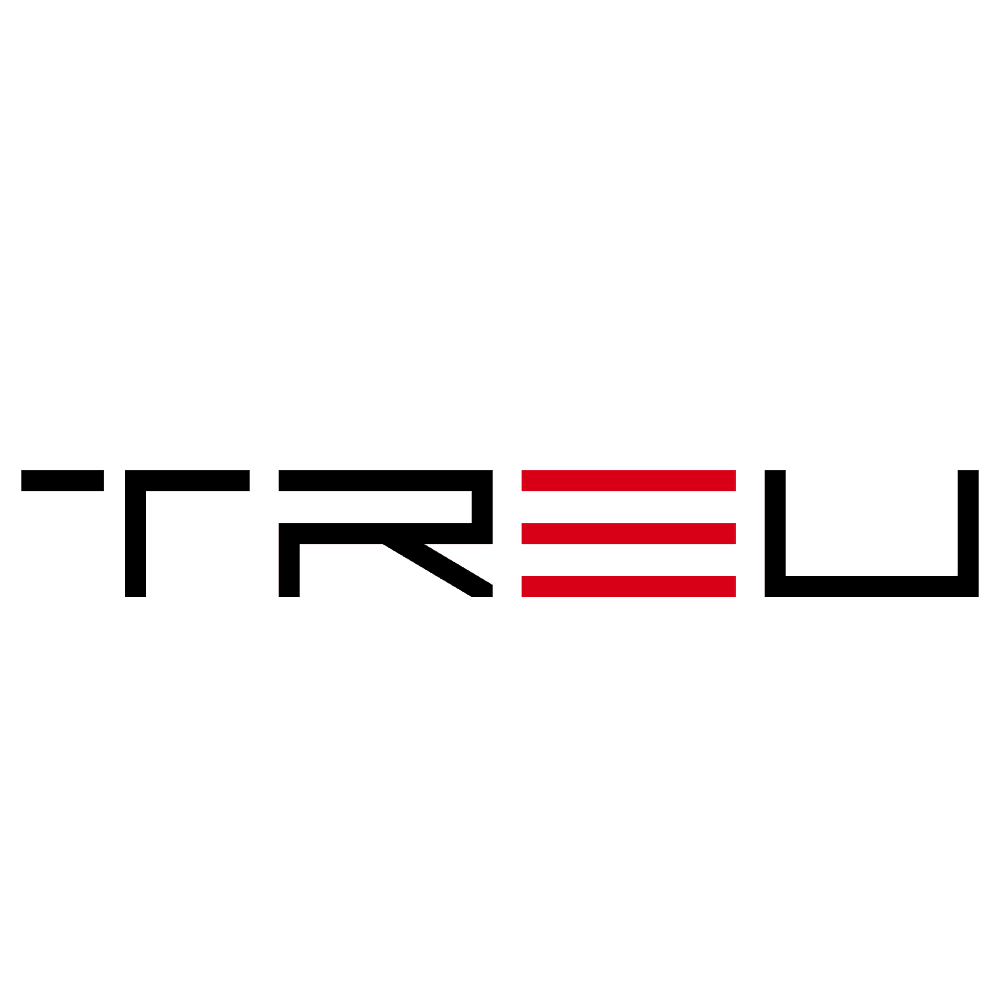Emerging Personal Liability Risks Reshaping Cybersecurity Compliance Trends
In the ever-evolving digital landscape, the implications of cybersecurity failures have escalated significantly, with organizations and executives facing both financial and reputational damages. However, there is a rising trend that is sending shivers through the C-suite and beyond: personal liability for cybersecurity missteps. As regulators tighten their oversight, personal accountability is becoming an undeniable force in shaping how organizations approach cybersecurity compliance.
Let’s dive into how personal liability is transforming the cybersecurity ecosystem and what this means for professionals and businesses navigating today’s high-risk environment.
The Shift Toward Personal Accountability
For years, the burden of cybersecurity compliance largely rested on organizational shoulders. Companies paid fines or penalties for breaches or compliance failures. But now, a seismic shift is occurring. Regulators and legal systems worldwide are increasingly holding individual leaders personally accountable for the cybersecurity failures of their organizations.
If you’re wondering why this shift is happening, it comes down to two key drivers:
- The Rise in High-Profile Breaches: Massive data breaches like those at Equifax, Marriott, and SolarWinds exposed not only billions of sensitive records but also widespread failures in cybersecurity leadership.
- Regulatory Escalation: Governments and regulatory bodies are pushing for stricter oversight, recognizing that accountability at the individual level better ensures organizations don’t cut corners.
This trend has emerged with increasing enforcement actions. Certain executives, such as Chief Information Officers (CIOs) and Chief Security Officers (CSOs), are now in the regulatory spotlight, and the days of hiding behind the company’s shield of responsibility are coming to an end.
Understanding the New Cybersecurity Compliance Landscape
So how exactly is personal liability reshaping the compliance landscape? Leaders today must confront a matrix of expectations and risks that go beyond the traditional responsibilities of their roles. Here’s how this trend is impacting cybersecurity strategies:
1. Heightened Legal Exposure for Leadership
Regulators and prosecutors are moving beyond organizational penalties to target key decision-makers. Executives can now face:
- Fines: Personal financial penalties for failing to comply with security regulations.
- Prison Sentences: In extreme cases, significant negligence or malfeasance could lead to incarceration.
- Career Damage: A damaged reputation resulting from personal accountability can derail careers permanently.
For example, in recent cases, CFOs and CIOs have been taken to court for their roles in downplaying security vulnerabilities or mismanaging data breaches. Leaders must proactively manage their systems and ensure compliance at every level.
2. Boardrooms Under Pressure
It’s no longer just the IT department’s responsibility to ensure the organization’s cybersecurity strategies are robust. Board members and senior executives are being called to actively engage in cybersecurity program governance. A lack of diligence could lead to legal repercussions for lapses in oversight.
This has prompted an increase in:
- Cybersecurity Expertise in Boardrooms: Companies are recruiting cybersecurity-savvy board members to effectively mitigate risks.
- Frequent Audits: Internal and external audits are becoming the norm to ensure compliance is aligned with regulations.
- Transparent Reporting: Comprehensive, timely communication with oversight bodies is now expected – concealment of breaches is no longer tolerated.
3. Enhanced Focus on Due Diligence
Leaders are rigorously reviewing their third-party vendor relationships, data management practices, and incident response plans to address weak spots before they become vulnerabilities. Personal exposure means diligence cannot stop at internal systems; it must extend throughout the organization’s entire ecosystem.
4. Cybersecurity Insurance May Not Be Enough
While cyber insurance has become a ubiquitous safety net for many organizations, it often does not cover personal liability. Executives must understand the limitations of their coverage and explore additional protections, such as specific Directors and Officers (D&O) liability insurance policies tailored to cybersecurity risks.
Key Regulations and Emerging Legal Precedents
The rise in personal liability risks is being shaped by increasing regulatory frameworks worldwide. Some of the most notable examples include:
- General Data Protection Regulation (GDPR): Under GDPR, executives can face steep fines for mishandling EU citizens’ data, beyond company-wide penalties.
- California Consumer Privacy Act (CCPA): Non-compliance with CCPA has specific provisions imposing additional penalties on executives.
- Cyber Incident Reporting for Critical Infrastructure Act of 2022 (CIRCIA): In the U.S., this law requires certain businesses to swiftly report cyber incidents or face personal consequences.
Additionally, litigation is continuing to set new legal precedents. High-profile cases, such as the prosecution of Joe Sullivan, Uber’s former CSO, underscore that personal liability enforcement is not a hypothetical scenario but an active trend.
How Executives Can Mitigate Personal Liability Risks
So, what can organizational leaders do to mitigate this emerging risk? Here are some actionable steps executives can take to protect themselves:
1. Develop a Culture of Cybersecurity
Personal liability stems from systemic failures. Executives must prioritize building a cybersecurity-first culture that permeates every aspect of their organization. This involves:
- Ensuring all employees, not just IT staff, are trained in cybersecurity best practices.
- Encouraging open and transparent conversations about vulnerabilities and risks.
- Integrating security considerations into decision-making processes across departments.
2. Conduct Regular Risk Assessments
Executives need to identify weaknesses long before regulators expose them. By conducting periodic risk assessments, leaders can demonstrate their proactive approach to compliance and security oversight.
3. Stay Educated on Compliance Standards
The regulatory environment is constantly shifting. Leaders must prioritize staying updated on evolving compliance expectations, emerging directives, and cybersecurity trends in their industries.
4. Foster Transparency During Incidents
Cover-ups often lead to harsher consequences than the breaches themselves. Executives need to ensure honesty and prompt reporting of cybersecurity issues to both internal stakeholders and external regulators.
5. Secure Legal and Cyber Expertise
Investing in expert advisors or internal resources that specialize in cybersecurity law and compliance gives executives the tools they need to strategically guard against personal risks.
Conclusion
The rise of personal liability is reshaping the way organizations view cybersecurity compliance. As regulators start holding individuals accountable for cybersecurity lapses, executives must adopt a proactive and diligent approach to ensure both their organizations and their personal reputations remain safe.
Leaders who fail to address cybersecurity compliance as a top priority do so at their peril. In a world where ransomware attacks and data breaches are daily headlines, fostering a secure, compliant organization is no longer optional—it’s a personal responsibility.
What strategies are you employing to de-risk your personal liability?

